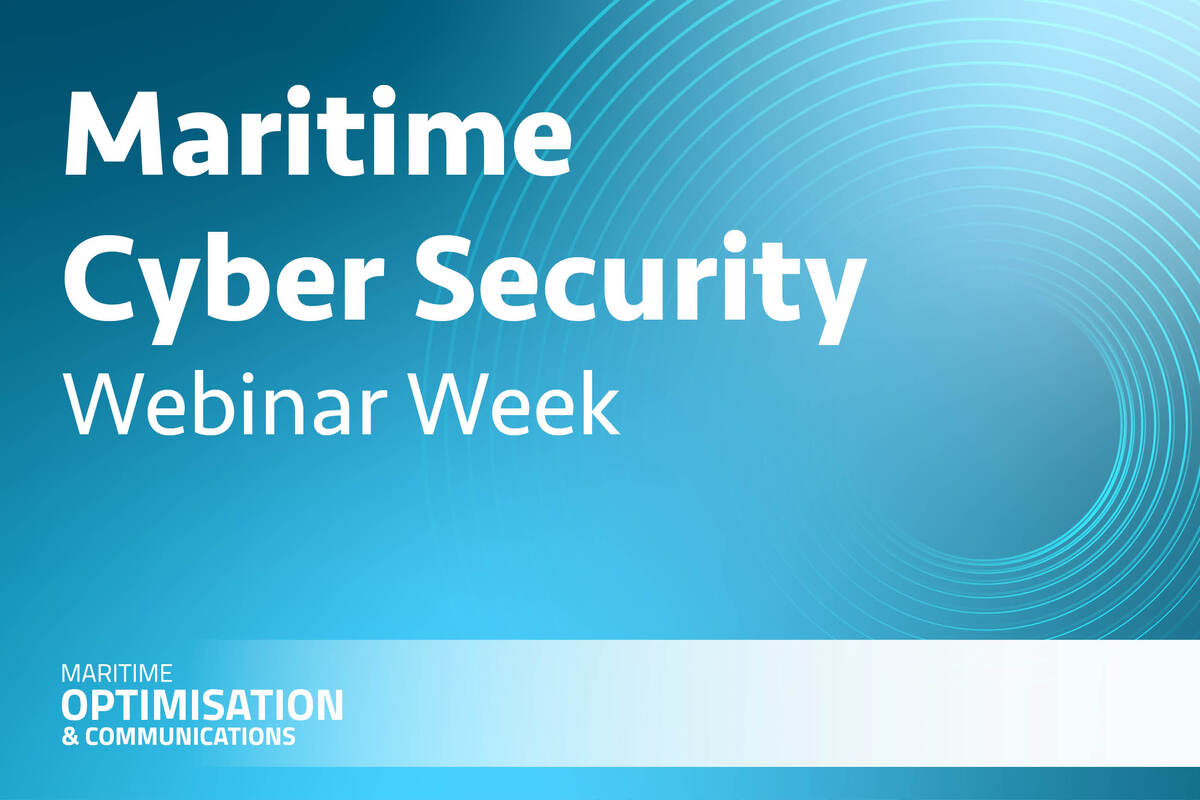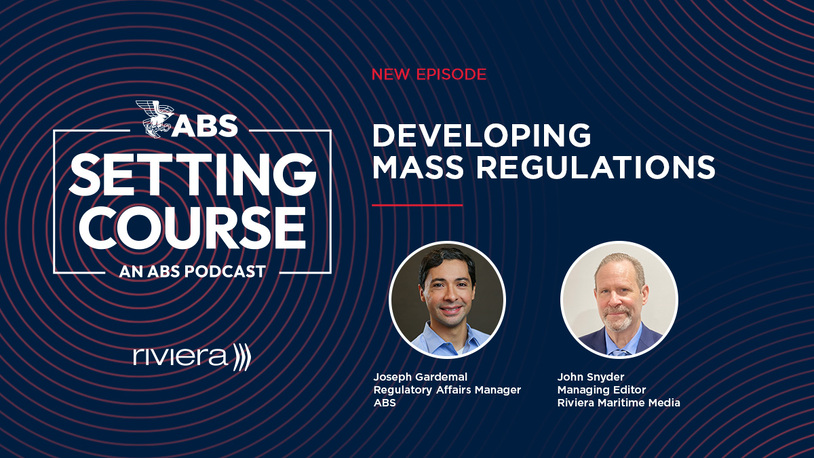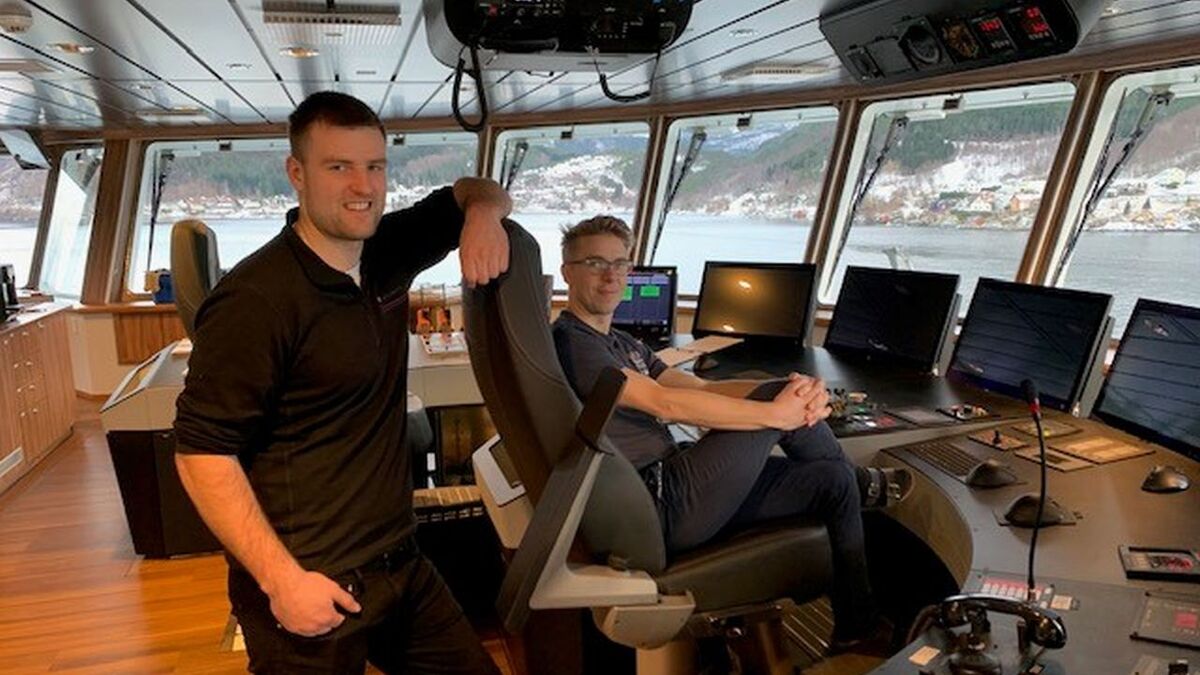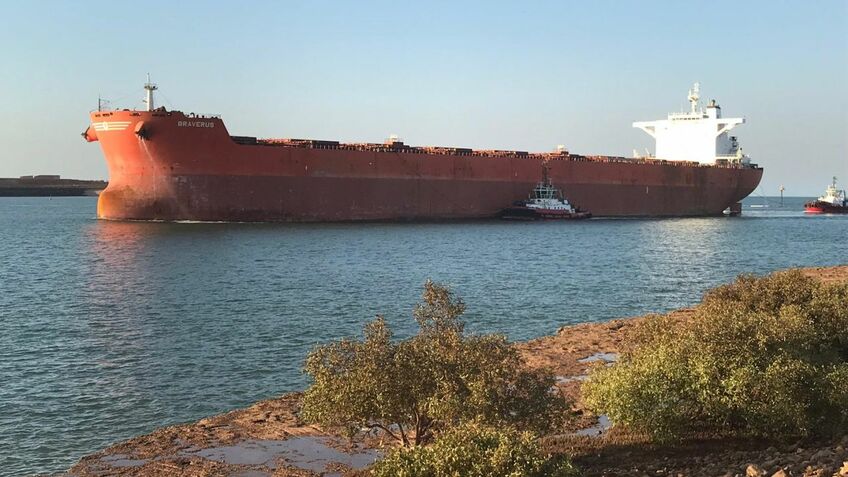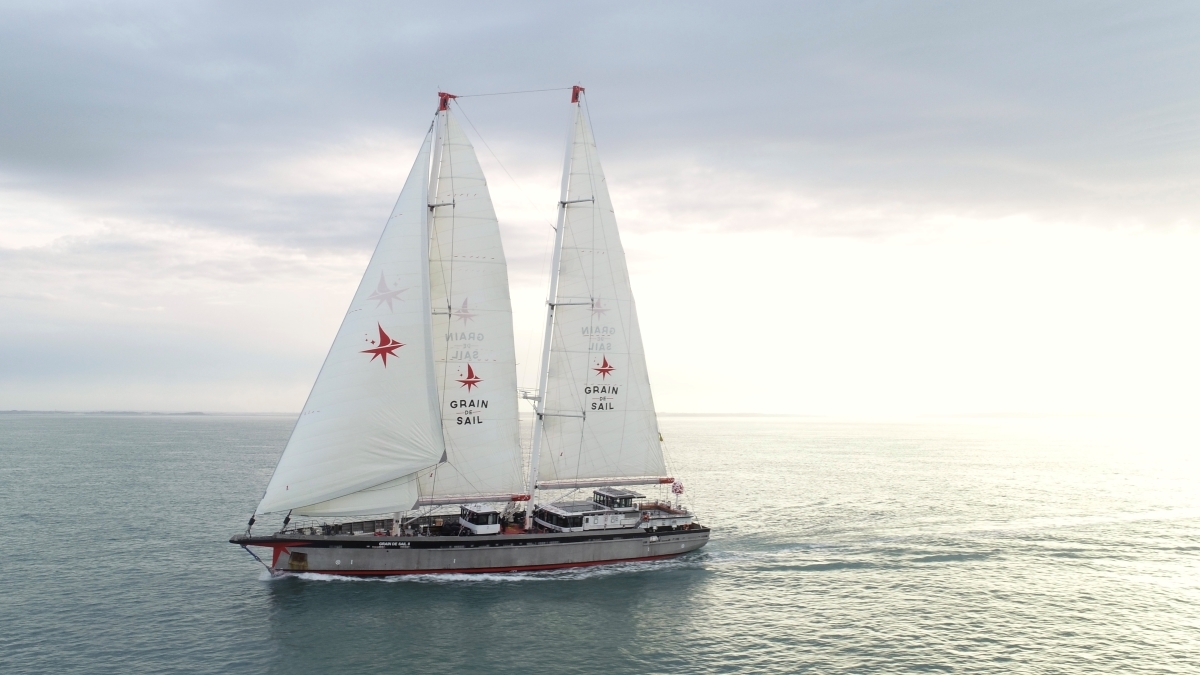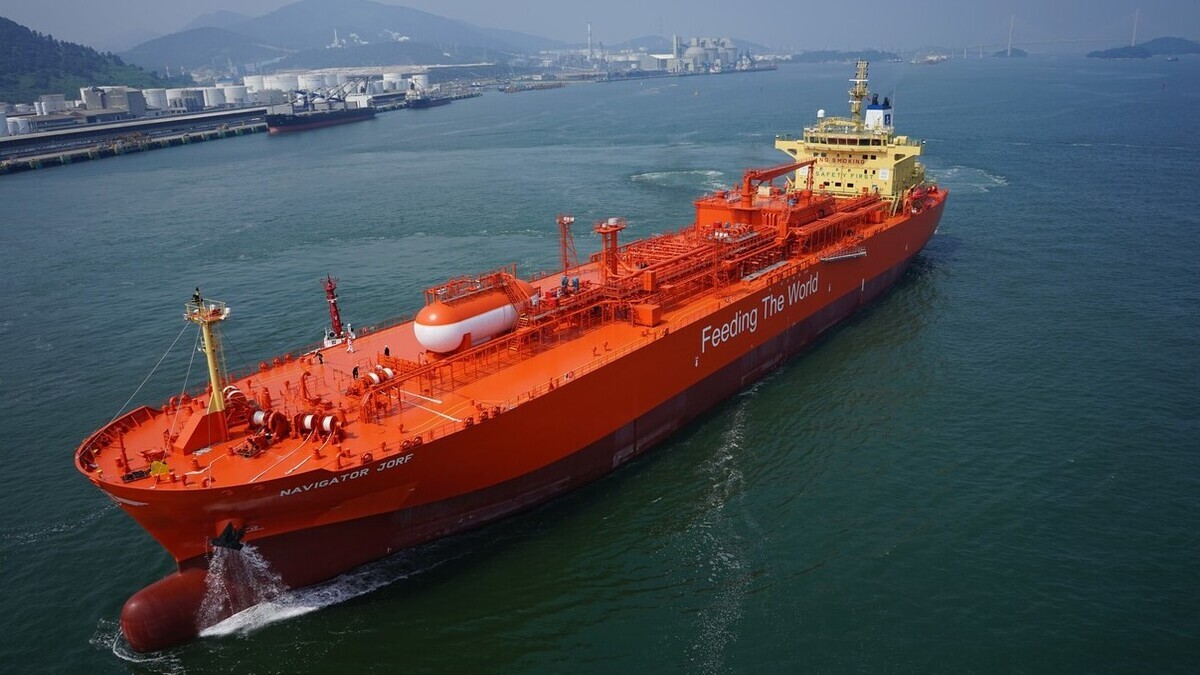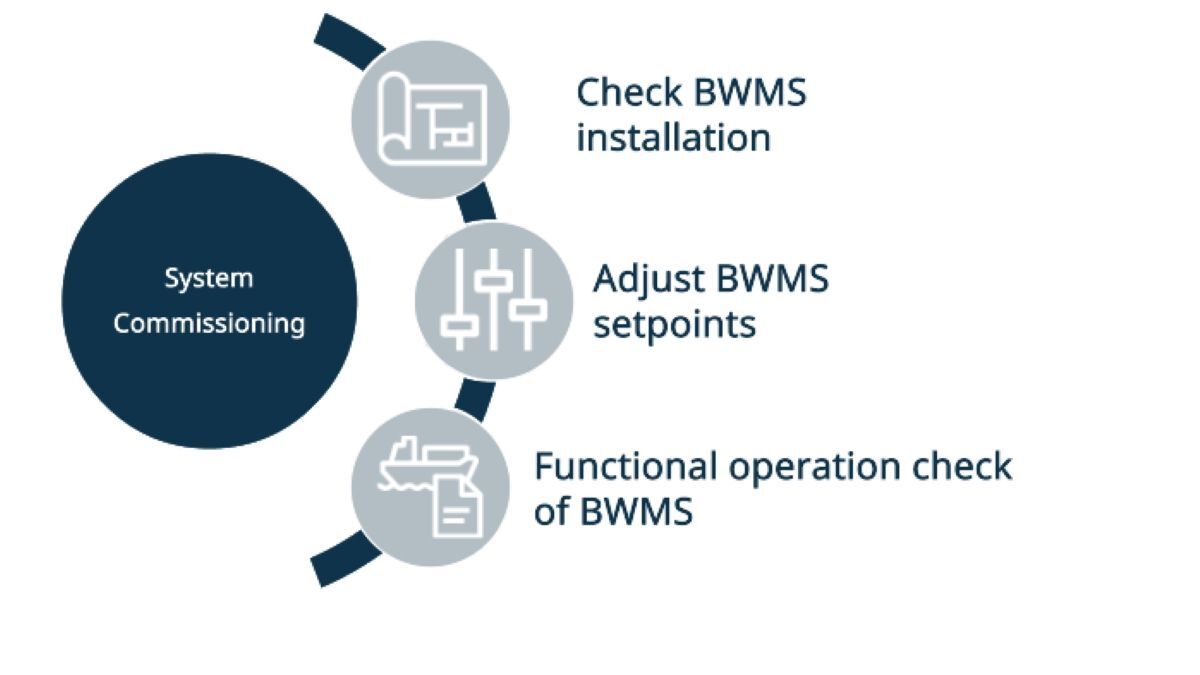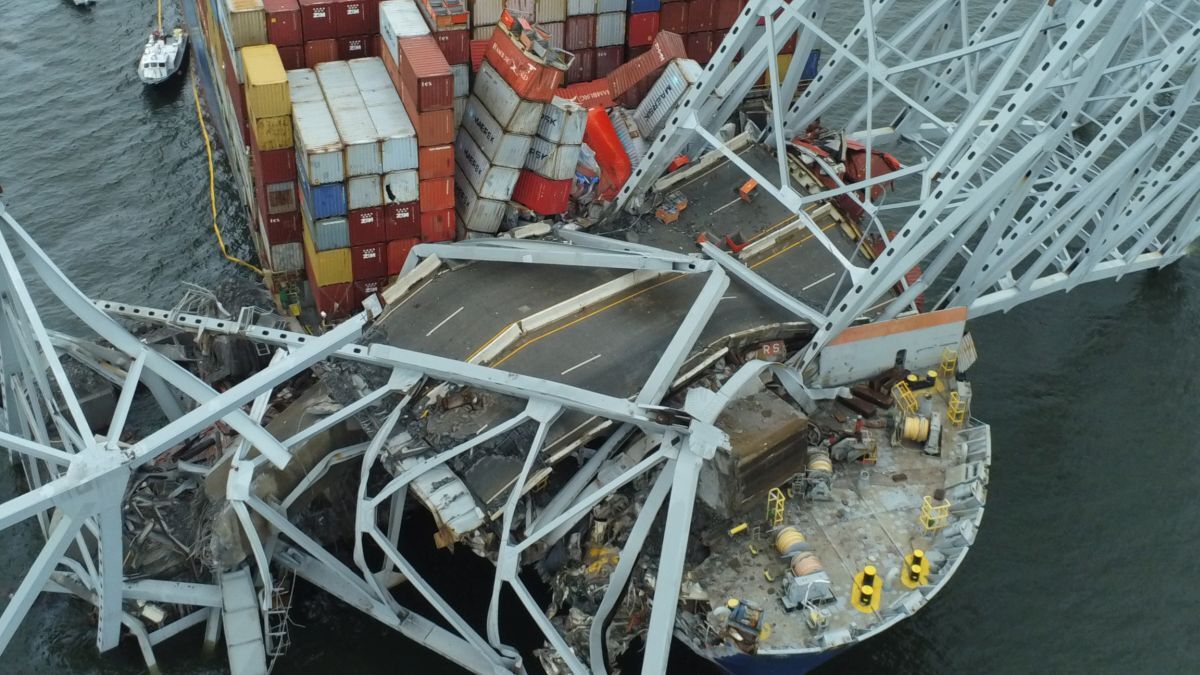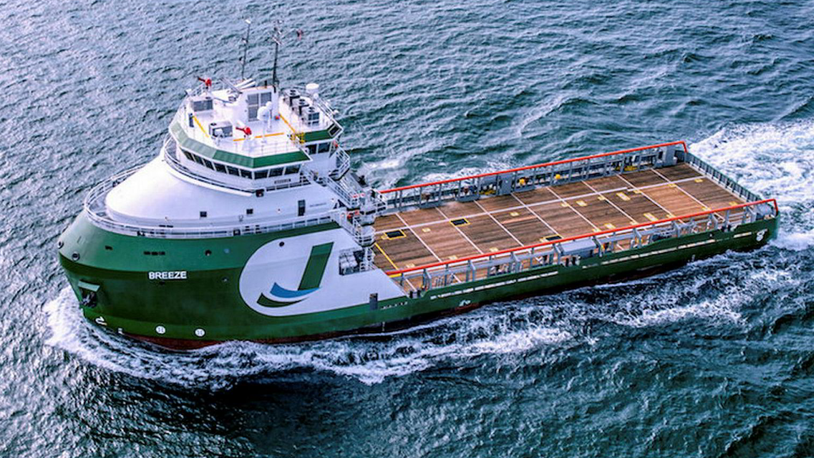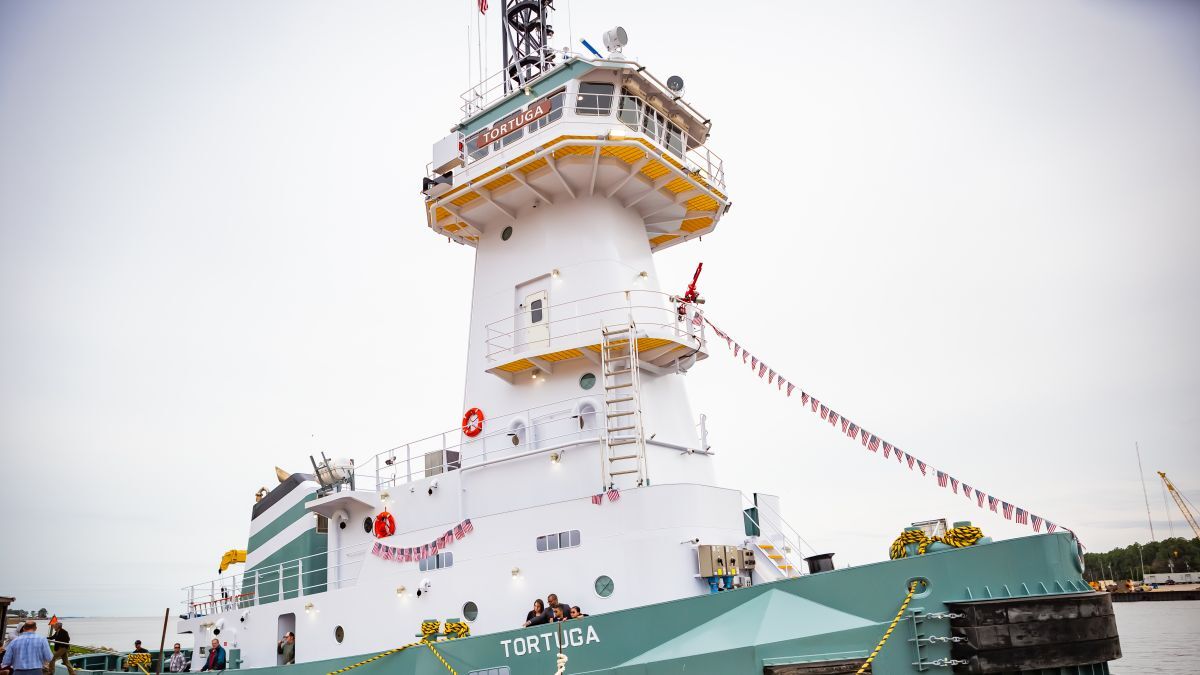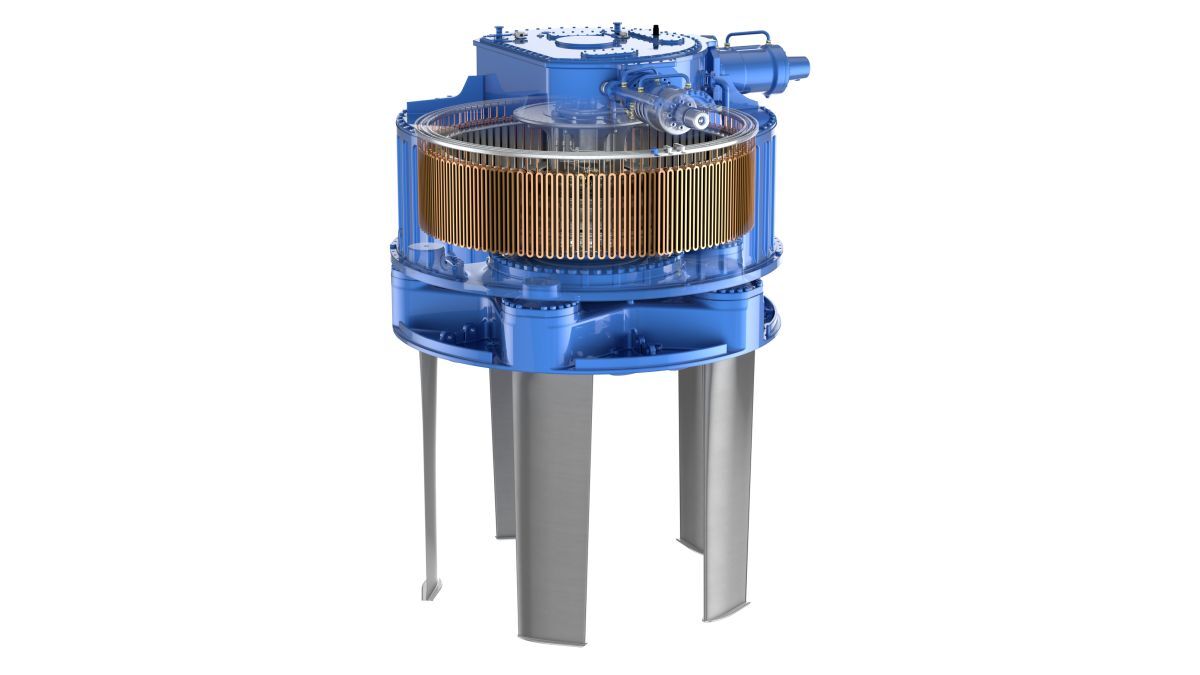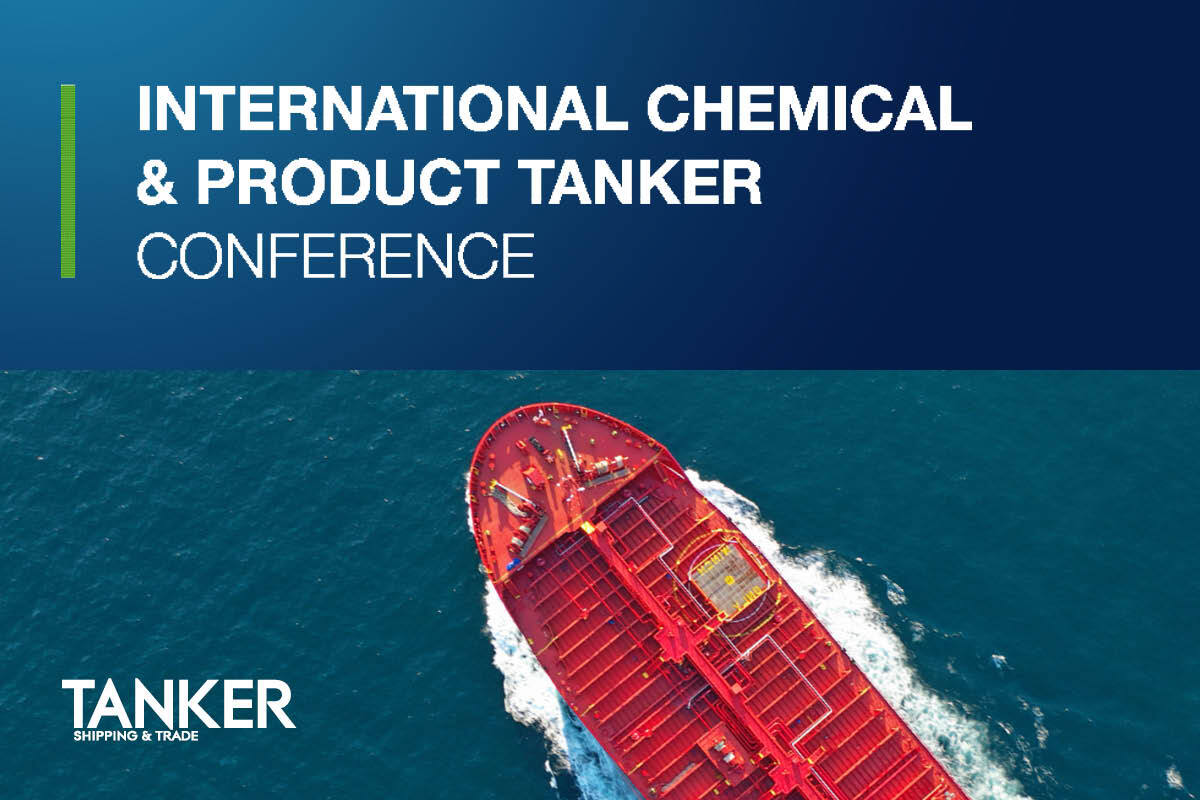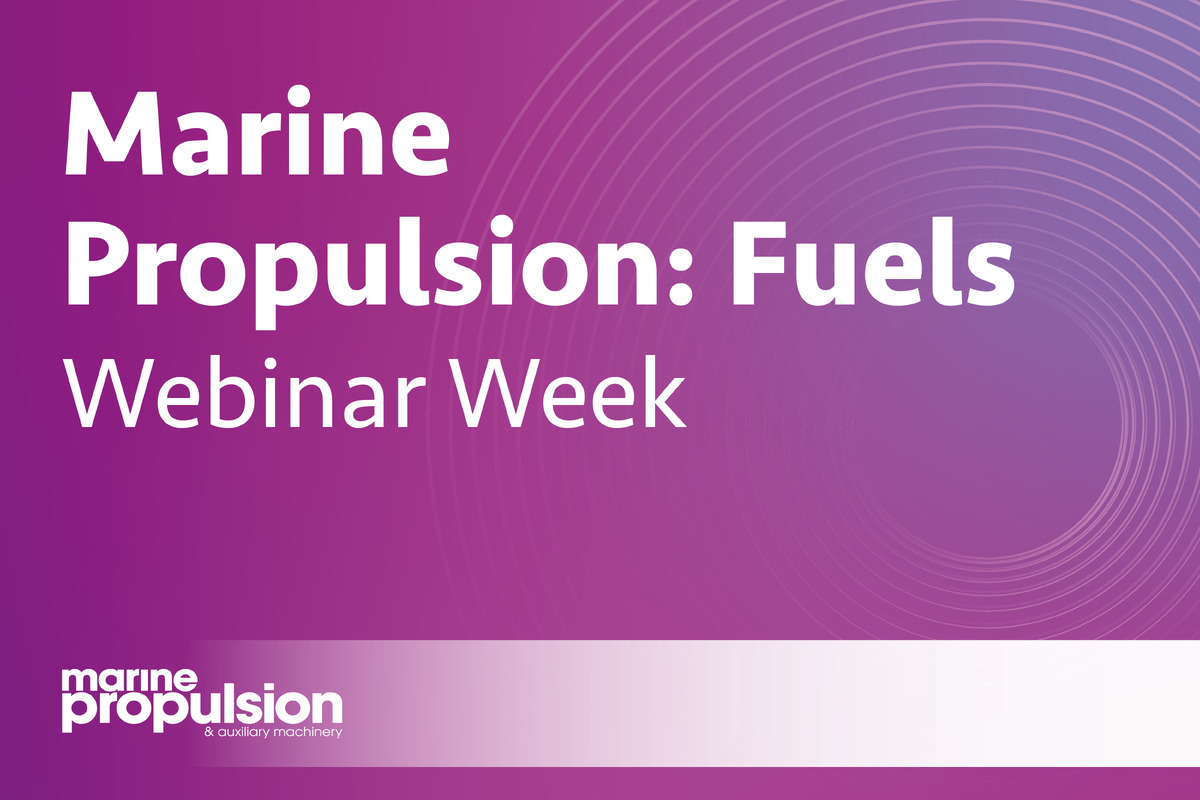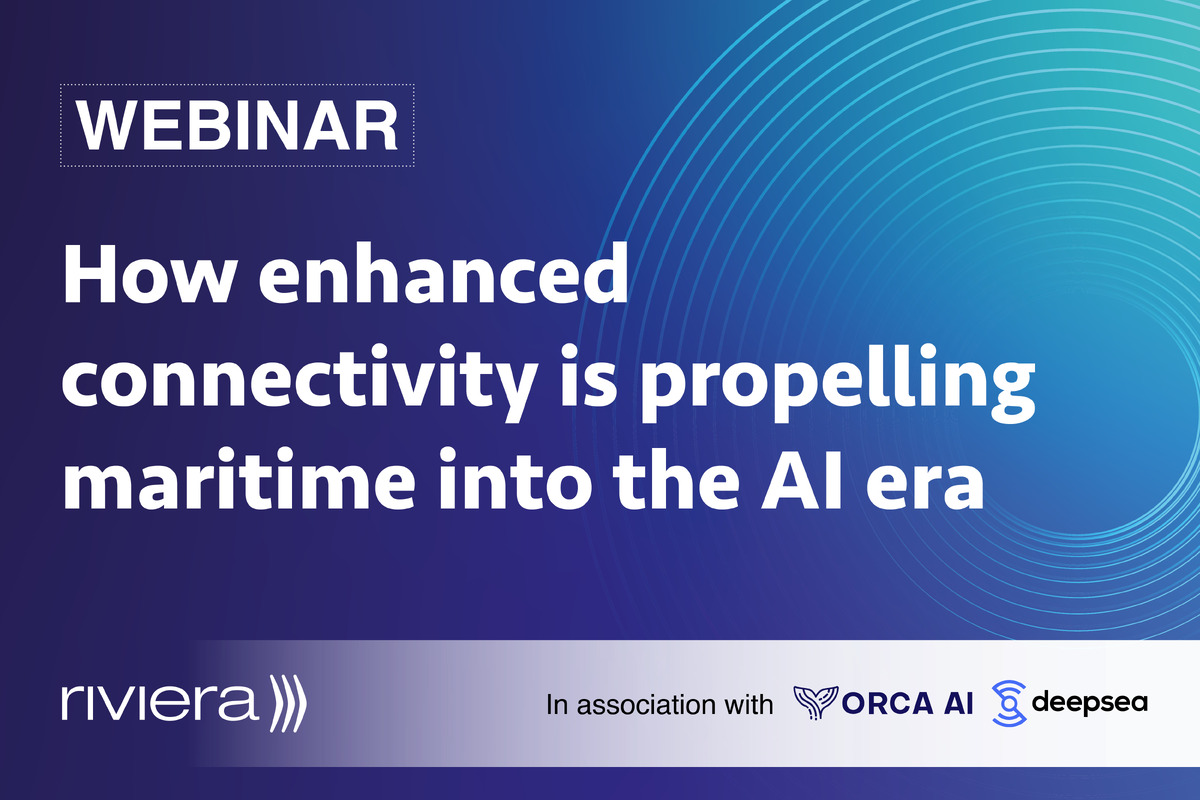Business Sectors
Events
Contents
First vessel with Raven integrated bridge delivered
Havyard delivered wellboat Reisa to Norsk Fisketransport in the first week of January
This is the first vessel completed with a Raven integrated bridge system (INS) developed by Norwegian Electric Systems, the world’s first type-approved bridge solution where an integrated computer system was developed for the bridge instead of combining different pieces of software. It has been type approved by classification society DNV GL.
Norwegian Electric Systems sales manager for smart control Svein Ove Farstad said this integrated bridge allows for simpler and more flexible use and provides improved operational reliability. It is a “sound platform for the future digital and green revolution at sea” he said.
“Raven INS integrates the different programs for charts, route planning, radar, autopilot and trackpilot into a comprehensive program and a bridge solution with all software and hardware, as well as an integrated operator’s seat,” said Mr Farstad. “This makes the bridge easier to use and improves operational reliability.”
Bridge officers can adapt the monitors and screen layout as required. Norwegian Electric Systems tailored the Raven INS on Reisa for specific operations such as enabling switching between different operations using one button, whether this wellboat is on a transport leg, lying stationary beside a salmon cage or approaching a port.
Safety and security are built in to the Raven INS network-based design and installation.
“Raven INS provides multiple redundancy. If a monitor or computer fails, others will take over,” said Mr Farstad.
The computer and network solution also ensures adaptability to future requirements. “As additional needs become apparent and the technology develops, more functions can be added,” added Mr Farstad. “They could include solutions for engine alarm monitoring, thruster control and dynamic positioning, or smaller systems such as navigation light controls.”
Norsk Fisketransport manager Erling Lorentzen said enabling additional functionality was an important factor to an integrated bridge. “As additional needs become apparent and the technology develops, more functions can be added,” said Mr Lorentzen.
Raven INS is also ready to interact with shore on data capture and remote monitoring. “This is an important element in the development towards increasing automation and autonomous vessels,” said Mr Farstad. “Raven INS supports enhanced user and operational support,” he continued.
“And a digital twin is already part of the system, which allows for remote training where the crew can sit at home with their laptop and receive training.”
Riviera will provide free technical and operational webinars and virtual conferences in 2021. Sign up to attend on our events page
Related to this Story
Events
Maritime Cyber Security Webinar Week
International Chemical & Product Tanker Conference 2024
Marine Propulsion: Fuels Webinar Week
How enhanced connectivity is propelling maritime into the AI era
© 2023 Riviera Maritime Media Ltd.
